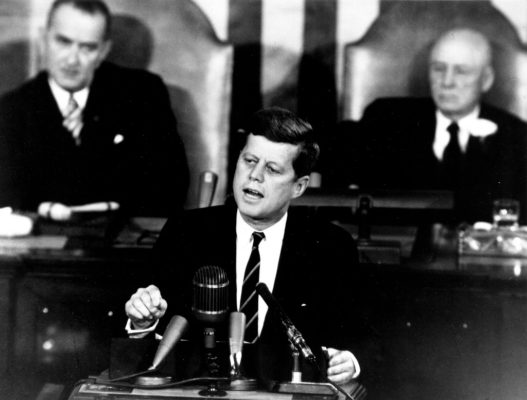 SPEECH DELIVERY-PART IV PUBLIC SPEAKING 101
SPEECH DELIVERY-PART IV PUBLIC SPEAKING 101
Delivery of a speech can be broken down into four basic methods: Manuscript, Memorization, Impromptu and Extemporaneous. Which method you use will depend on your ultimate goal in giving the speech. Let’s examine the four methods:
Manuscript
In a manuscript speech, the speaker reads word for word from a prepared speech. In terms of public presentations, reading from a manuscript is the worst possible way to connect with your audience. Reading a manuscript leads to less eye contact, less body movement, and a jilted speaking style. In addition, the delivery is usually dry.
As lawyers, though, sometimes a manuscript presentation is necessary, especially when your delivery must be precise. Extensive practice is required to deliver an effective manuscript presentation. It is easy for small digressions to cause a speaker to lose his or her place. The best advice is to only engage in a manuscript presentation when absolutely necessary.
Memorization
The purpose of a memorized speech is to speak word for word. It is a better option in terms of maintaining eye contact and using gestures to enhance the presentation. It suffers from the requirement of extensive delivery practice. Another drawback is the likelihood that the speaker will forget at least some of the speech.
Impromptu
Delivering a speech without preparation is called impromptu speaking. An example is in an office meeting when the managing partner calls on you for your thoughts on the hot issue of the day. The great thing about impromptu speeches is that the expectations are a lot lower than for a prepared presentation. Just give a cogent answer supported by some facts. Do that and you have achieved success.
Impromptu speeches also can be an opportunity to impress others. If you anticipate that an impromptu opportunity will arise, begin thinking about your delivery and how you will respond. Decide your position on the matter. Come up with reasons why your position is correct. The best ways are to use facts and figures or stories from your own life experiences. When called upon use the traditional outline method of Introduction, Body, and Conclusion to deliver your impromptu presentation.
Extemporaneous Speaking
The most widely used method of public speaking is extemporaneous. This is also the best method to use in addressing a judge or jury. Extemporaneous speeches have a prepared outline and notes may, or may not be used. The speaker fully prepares and rehearses the presentation in advance. However, it will still seem spontaneous because the speaker will maintain eye contact with the audience and rarely, if at all, refer to notes. The ability to maintain eye contact allows the speaker to read the audience and adjust the presentation accordingly.
Contact me for complimentary 30 minute session to find out how a coach can help you improve your delivery!
Photo credit: NASA on The Commons via Foter.com / No known copyright restrictions
